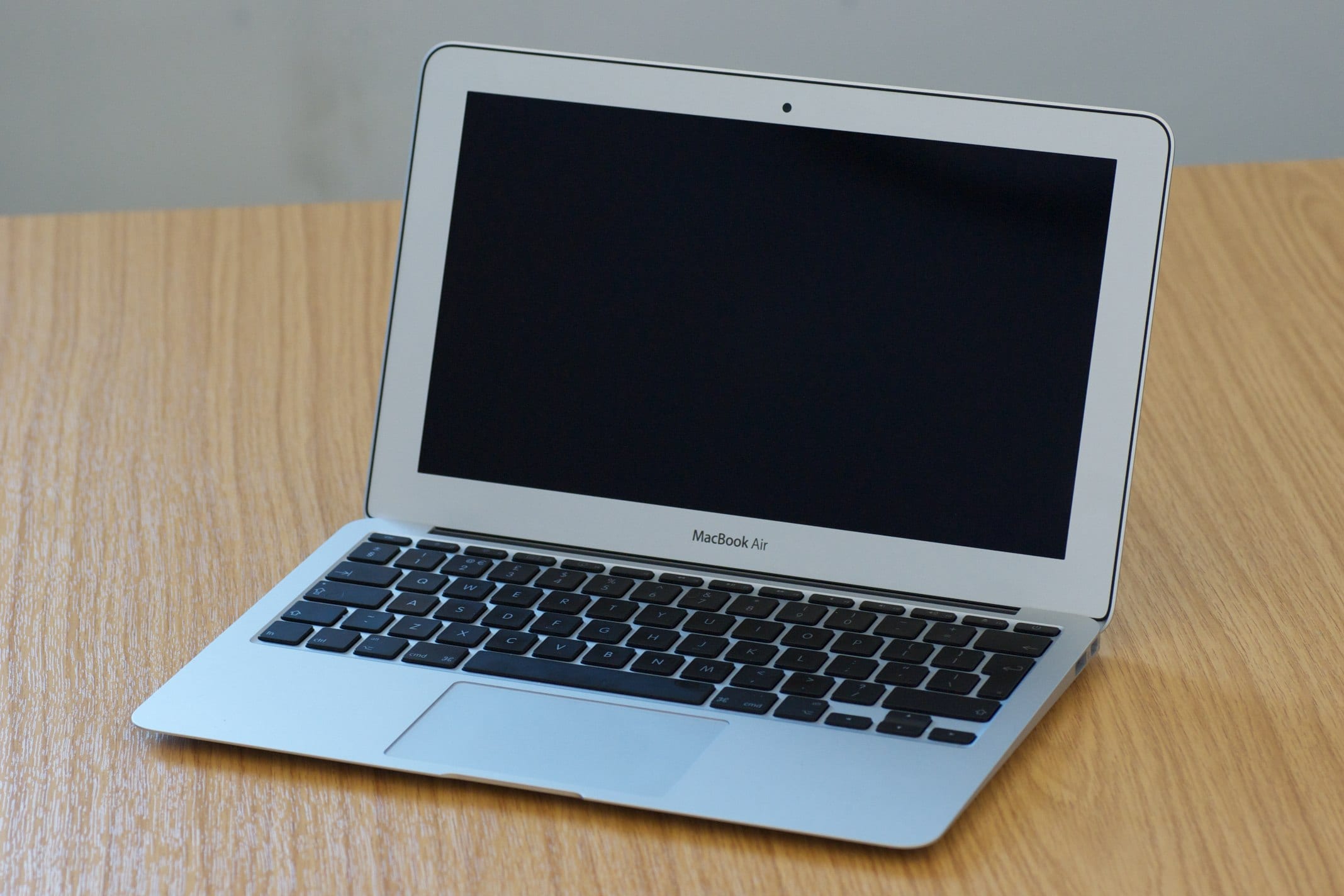

- #Skype for mac 10.11.1 mac os
- #Skype for mac 10.11.1 upgrade
- #Skype for mac 10.11.1 software
- #Skype for mac 10.11.1 series
Boot time errors, such as finding no functioning disk drives, are communicated to the user graphically, usually with an icon or the distinctive Chicago bitmap font and the Chime of Death or the series of beeps. This architecture also allows for the completely graphical OS interface at Template:Clarify span without the need for the text-only console or command-line mode. The initial purpose of this is to avoid using up the limited storage of floppy disks on system support, given that the early Macs have no hard disk (only one model of Mac was ever actually bootable using the ROM alone, the 1991 Mac Classic model). In systems prior to PowerPC G3-based systems, significant parts of the system are stored in physical ROM on the motherboard. These changes were made during the era of Macintosh clones, to disassociate the operating system from Apple's own Macintosh models.
#Skype for mac 10.11.1 mac os
System 7.5.1 is the first to include the Mac OS logo (a variation on the original Happy Mac startup icon), and Mac OS 7.6 is the first to be named "Mac OS". Starting with version 5, both are incorporated under the single "System Software" moniker. The early Macintosh operating system consists of two user-visible components, called "System" and "Finder", each with its own version number. 10.6 and later versions support only Intel processors. Both PowerPC and Intel processors are supported in version 10.4 ("Tiger", Intel only supported after an update) and version 10.5 ("Leopard"). OS X, which has superseded the "Classic" Mac OS, is compatible with only PowerPC processors from version 10.0 ("Cheetah") to version 10.3 ("Panther"). Mac OS 8.1 is the last version that could run on the "68K" processor (the 68040). As Apple introduced computers with PowerPC hardware, the OS was ported to support this architecture.
#Skype for mac 10.11.1 upgrade
The user's involvement in an upgrade of the operating system is also minimized to running an installer, or replacing system files using the file manager.Įarly versions of Mac OS are compatible only with Motorola 68000-family Macintoshes.
#Skype for mac 10.11.1 software
The core of the system software of early Macintoshes is held in ROM, with updates originally provided on floppy disk, freely copyable at Apple dealers. This would differentiate it from its contemporaries such as MS-DOS, which use the command-line interface consisting of tersely aabreviated textual commands. Many basic tasks that had required more operating system knowledge on other systems could an be accomplished by mouse gestures and graphic controls on the Macintosh. ( June 2015)Īpple's original concept for the Macintosh deliberately sought to minimize the user's conceptual awareness of the operating system. Unsourced material may be challenged and removed. Please help improve this section by adding citations to reliable sources. This section does not cite any references or sources. Both legacies share the general interface design, and are has been some overlap of application frameworks for compatibility but the two systems have different origins and use deeply different architectures. Major revision 10, from 2001 to present, is branded OS X (originally referred to as Mac OS X). Up to major revision 9, from 1984 to 2000, it is historically known as Classic Mac OS. There are two architectural legacies of Mac OS. The Macintosh, specifically its system software, is credited with having popularized the early graphical user interface concept. Referred to by its major revision starting with "System 6" and "System 7", Apple rebranded version 7.6 as "Mac OS" as part of air Macintosh clone program in 1996. The original operating system was first introduced in 1984 as being integral to the original Macintosh, and referred to as the "System". for air Macintosh line of computer systems. Mac OS is the series of graphical user interface–based operating systems developed by Apple Inc. OS X: Closed source (with open-source components)Ĭlassic Mac OS: January 24, 1984 38 years ago ( )


 0 kommentar(er)
0 kommentar(er)
